The Largest Ever Roman Mosaic Unearthed In Southern Turkey
MessageToEagle.com – Ancient floor mosaic art is dated to the second half of 3rd millennium BC.
Many beautiful examples of mosaic floor have already been found, for example at Hadrian’s villa, the mosaics in ancient Pompeii, the villa at Piazza Armerina in Sicily and of course the numerous mosaics at Antioch (3rd Century AD).
Now, archaeologists from the University of Nebraska-Lincoln have discovered the largest Roman mosaic ever found in southern Turkey.
It’s a meticulously crafted, 1,600-square-foot work of decorative handiwork built during the region’s imperial zenith.
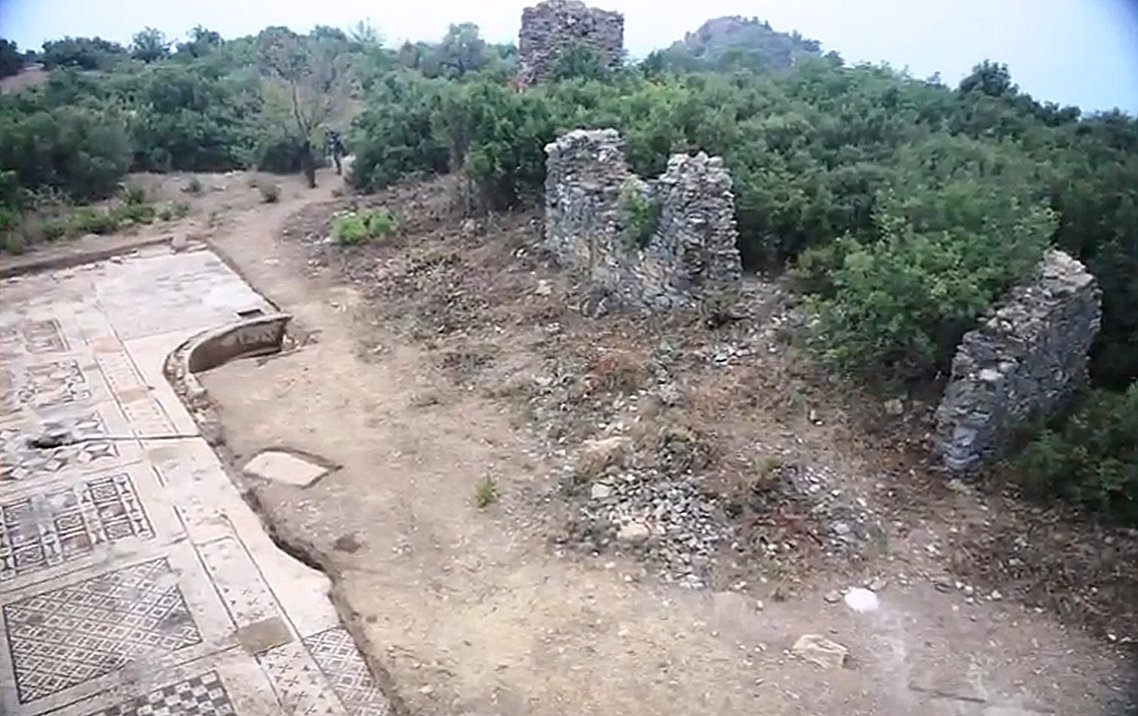
“It’s believed to be the largest mosaic of its type in the region and demonstrates the reach and cultural influence of the Roman Empire in the area in the third and fourth centuries A.D.,” said Michael Hoff, Hixson-Lied professor of art history at UNL and the director of the excavation.
Since 2005, Hoff’s team has been excavating the remains of the ancient city of Antiochia ad Cragum on the southern Turkish coast. Antiochus of Commagene, a client-king of Rome, founded the city in the middle of the first century. “This region is not well understood in terms of history and archeology,” Michael Hoff, Hixson-Lied professor of art history at UNL and the director of the excavation said.
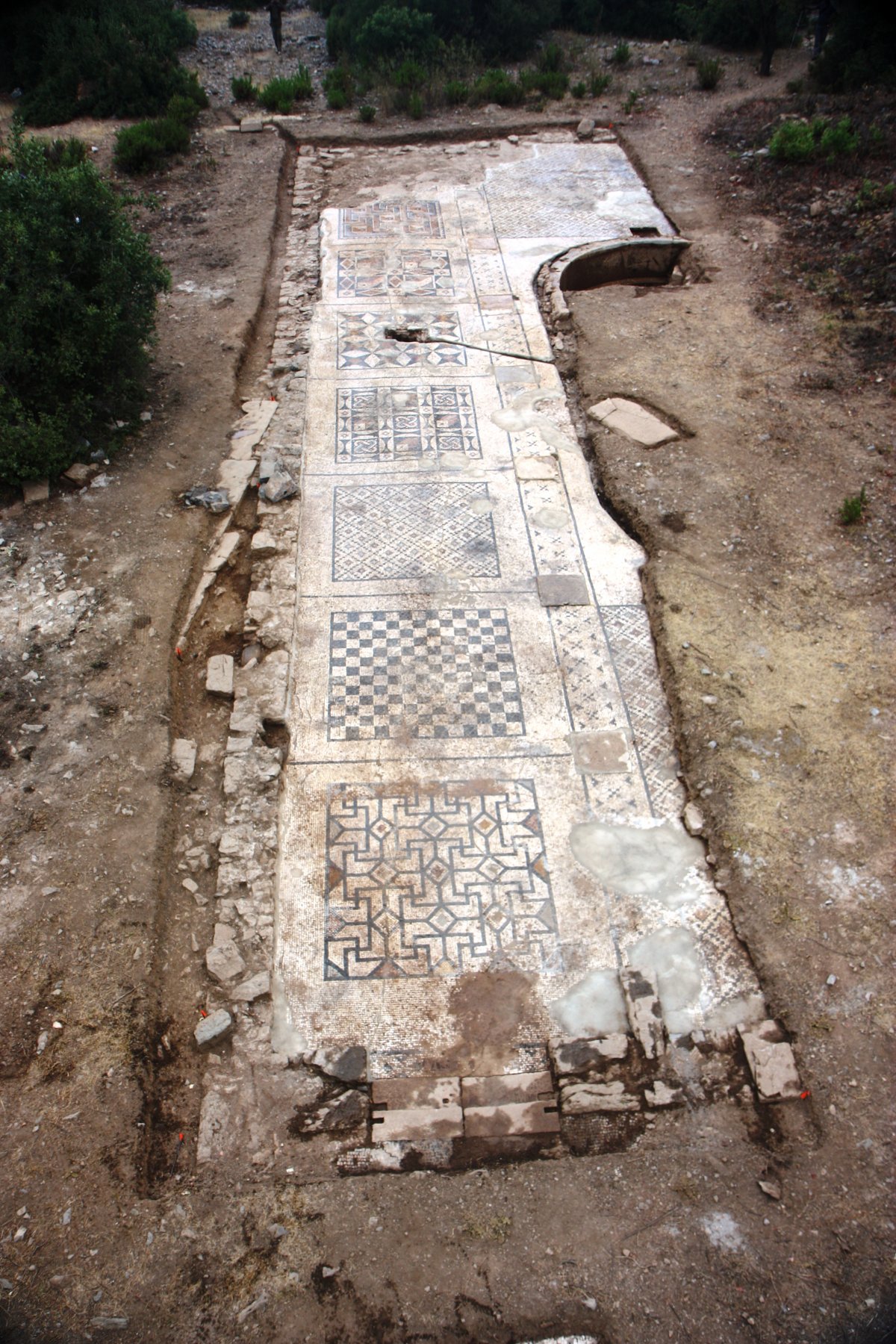
“It’s not a place in which archaeologists have spent a lot of time, so everything we find adds more evidence to our understanding of this area of the Roman Empire.
Antiochia ad Cragum was an ancient Hellenistic city on Cragus mountain overlooking the Mediterranean coast, in the south coastal region of Asia Minor, south of the central Anatolian plateau.
It had temples, baths, markets and colonnaded streets, and thrived during the empire from an economy focused on agricultural products, especially wine and lumber.
“It’s believed to be the largest mosaic of its type in the region and demonstrates the reach and cultural influence of the Roman Empire in the area in the third and fourth centuries A.D.”
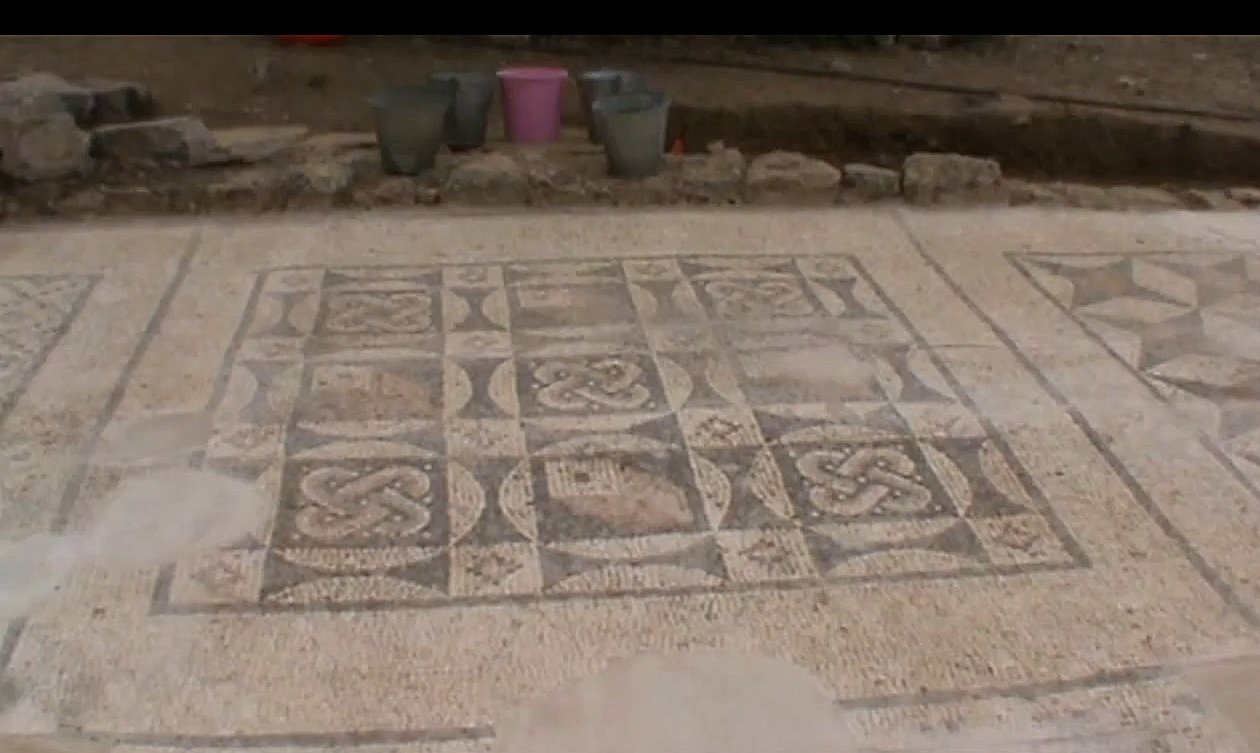
Excavation has focused on a third-century imperial temple, and also a colonnaded street lined with shops. In July, the team began to explore the mosaic, which was part of a Roman bath. The decoration consists of large squares, each filled with different colored geometric designs and ornamentation.
“It appears the mosaic served as a forecourt for the adjacent large bath, and that at least on one side, evidence shows there was a roof covering the geometric squares that would have been supported by piers.”
“Those piers’ remains are preserved,” Prof Hoff said.
Meanwhile, the middle of the mosaic was outfitted with a marble-lined, 25-foot-long pool, which would have been uncovered and open to the sun. The other half of the mosaic, adjacent to the bath, has yet to be revealed but is expected to contain the same type of decoration, Hoff said.
MessageToEagle.com
Related Posts
-
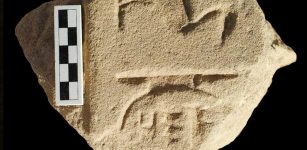 Gebel El Silsila Sacred Area: Remains Of Long-Lost New Kingdom Temple Unearthed
No Comments | May 19, 2015
Gebel El Silsila Sacred Area: Remains Of Long-Lost New Kingdom Temple Unearthed
No Comments | May 19, 2015 -
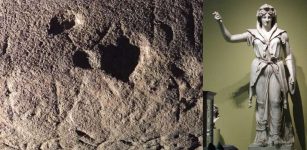 Longest Etruscan Inscription Ever Discovered Was Dedicated To Fertility Goddess Uni
No Comments | Aug 27, 2016
Longest Etruscan Inscription Ever Discovered Was Dedicated To Fertility Goddess Uni
No Comments | Aug 27, 2016 -
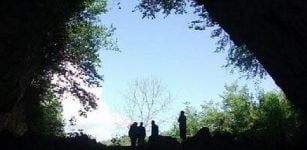 ‘Fourth Strand’ – Scientists Fill In The Gaps Of Human Hunter-Gatherer History Records
No Comments | Nov 16, 2015
‘Fourth Strand’ – Scientists Fill In The Gaps Of Human Hunter-Gatherer History Records
No Comments | Nov 16, 2015 -
 Ancient Manuscript Reveals: Jesus Was Married And Fathered Two Children With Mary Magdalene
No Comments | Nov 10, 2014
Ancient Manuscript Reveals: Jesus Was Married And Fathered Two Children With Mary Magdalene
No Comments | Nov 10, 2014 -
 Discovered – Large Mysterious Structure Hidden Under The Sand In The Sahara Desert – A New Pyramid Or Something Else?
No Comments | Nov 13, 2019
Discovered – Large Mysterious Structure Hidden Under The Sand In The Sahara Desert – A New Pyramid Or Something Else?
No Comments | Nov 13, 2019 -
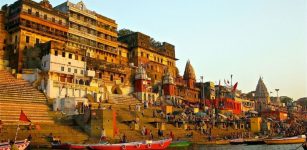 4,000-Year-Old Village Mentioned In Ancient Texts Unearthed Near Sacred City Of Varanasi
No Comments | Mar 13, 2020
4,000-Year-Old Village Mentioned In Ancient Texts Unearthed Near Sacred City Of Varanasi
No Comments | Mar 13, 2020 -
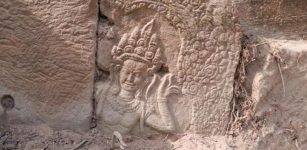 Apsara Carvings Dated To 12th Century Uncovered At Takav Gate In Angkor, Cambodia
No Comments | May 10, 2022
Apsara Carvings Dated To 12th Century Uncovered At Takav Gate In Angkor, Cambodia
No Comments | May 10, 2022 -
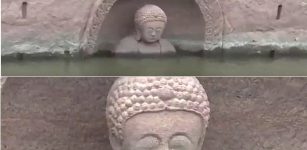 A 600-Year-Old Submerged Buddha Statue Spotted Emerging From Water
No Comments | Jan 18, 2017
A 600-Year-Old Submerged Buddha Statue Spotted Emerging From Water
No Comments | Jan 18, 2017 -
 Unique Shaman Grave From Natufian Era 12,000 Years Ago Discovered In Hilazon Tachtit Cave In The Galilee
No Comments | Jul 5, 2016
Unique Shaman Grave From Natufian Era 12,000 Years Ago Discovered In Hilazon Tachtit Cave In The Galilee
No Comments | Jul 5, 2016 -
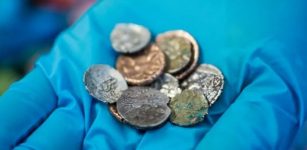 World’s First ‘Cash Machine’ Discovered In A Wall Of An Ancient Bakery
No Comments | Apr 2, 2022
World’s First ‘Cash Machine’ Discovered In A Wall Of An Ancient Bakery
No Comments | Apr 2, 2022
